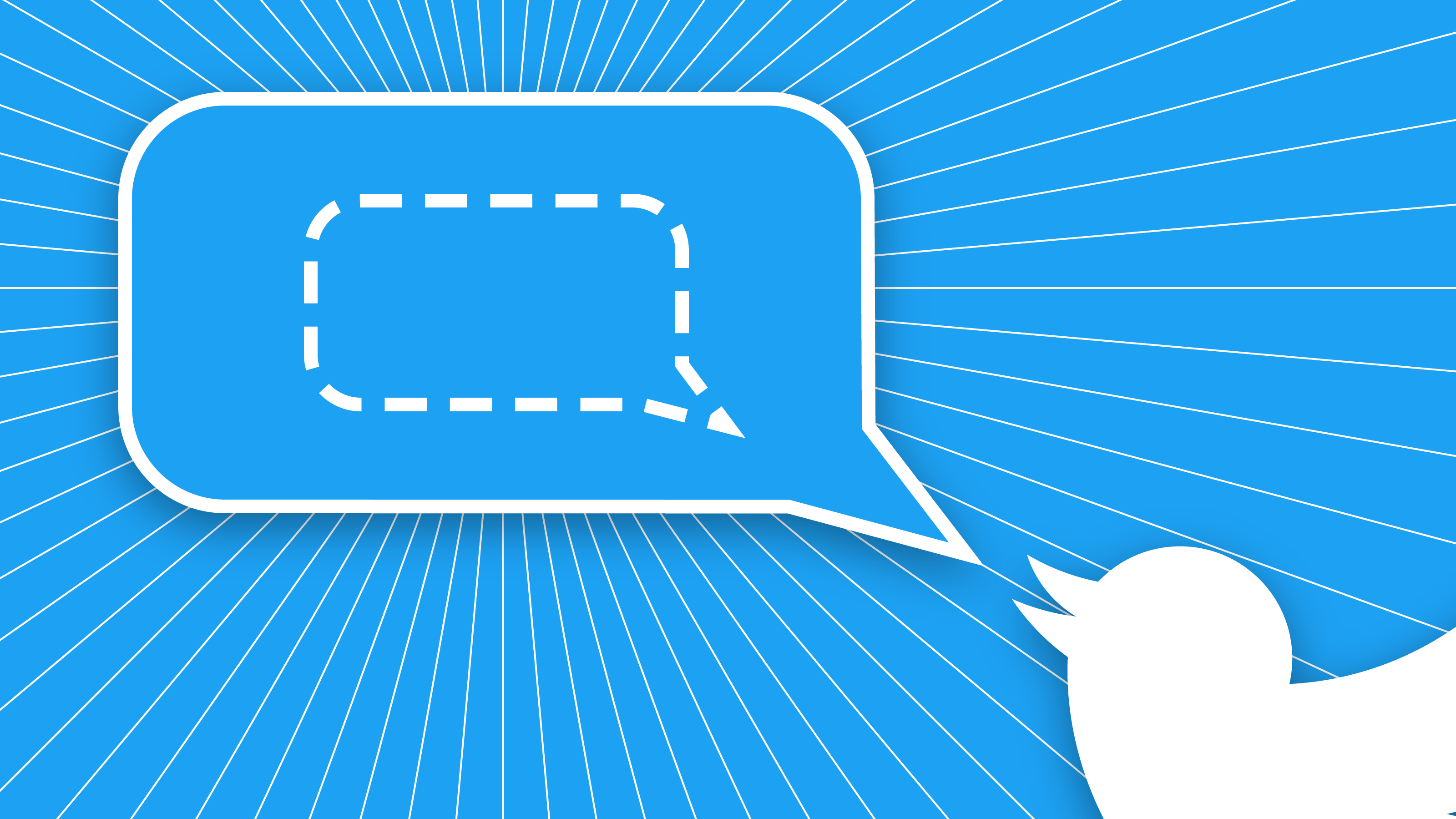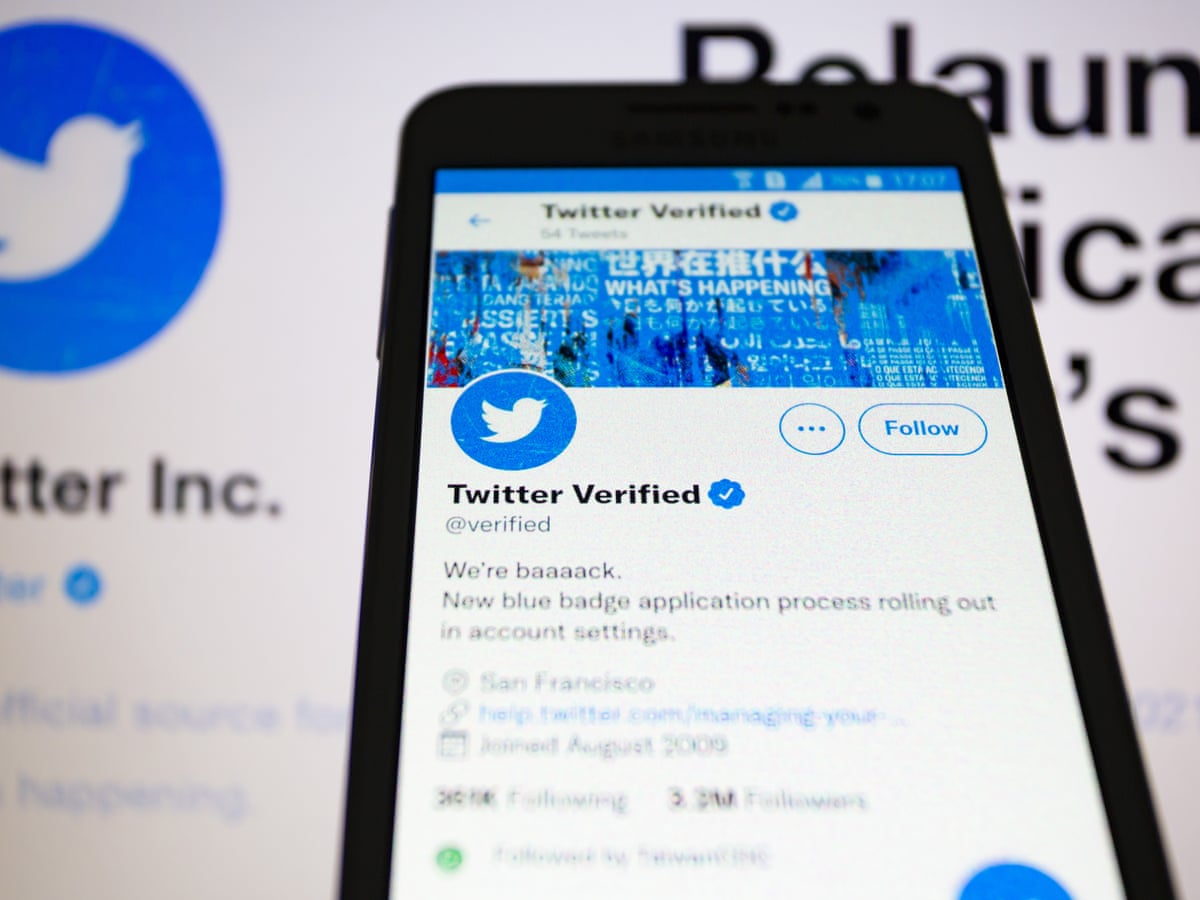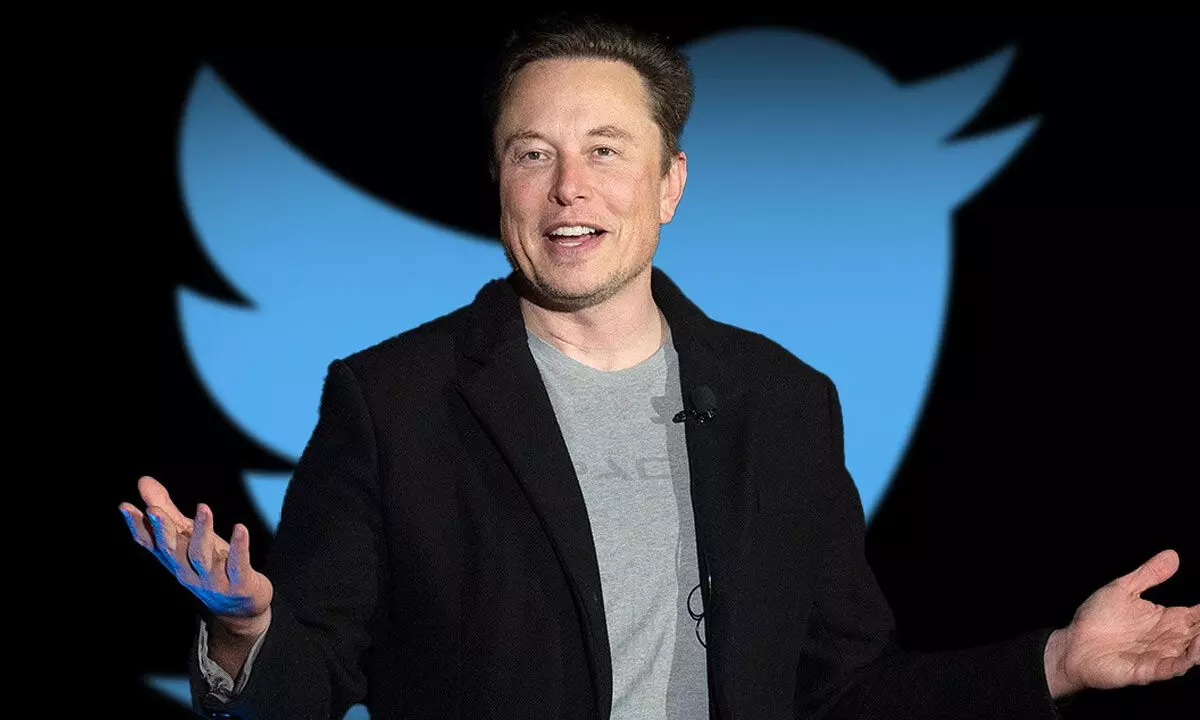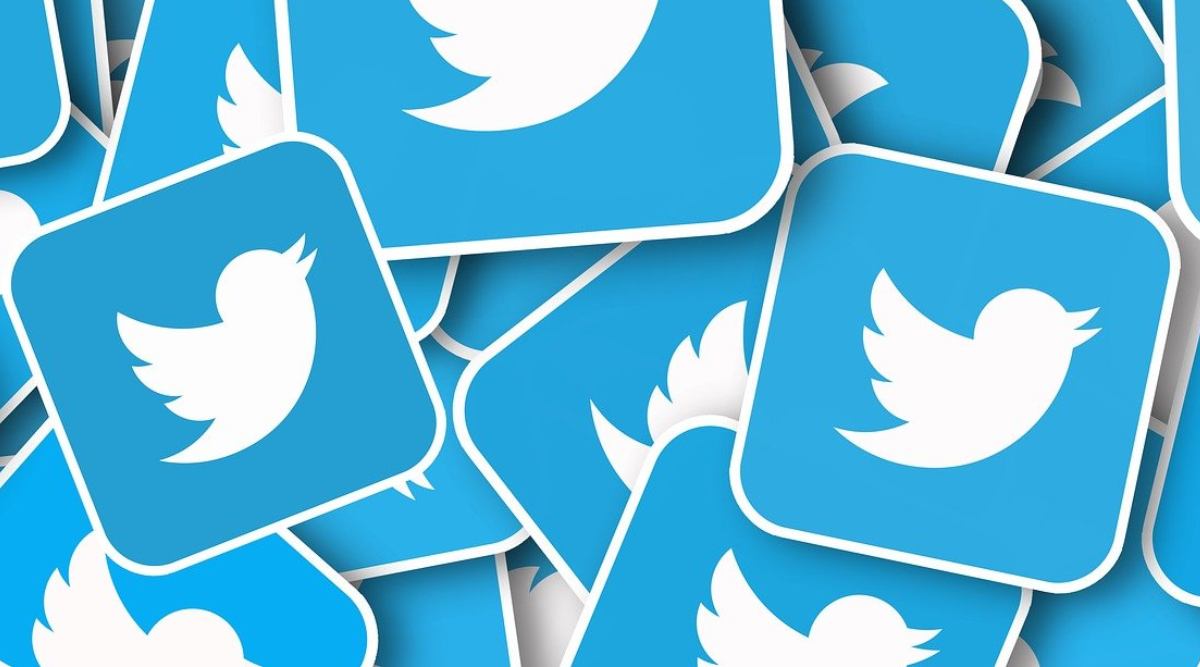Breaking News: Twitter Raises Tweet Character Limit for a Specific Group of Users 2023

Breaking News: Twitter Raises Tweet Character Limit for a Specific Group of Users 2023
Twitter has lately been under fire for the platform changes it made. The microblogging platform has expanded the character limit and allowed Blue subscribers to publish lengthier films, which were previously limited to 60 minutes in 1080p resolution.

To enhance user engagement and encourage more in-depth conversations, Twitter, the popular social media platform, has announced a significant increase in the tweet character limit. Previously constrained to 280 characters, the new update grants select users an unprecedented expansion, allowing them to compose tweets up to a staggering 25,000 characters.
This expansion aims to provide more flexibility and enable users to express their thoughts in greater detail. Let’s delve into the details of this transformative update.
Twitter is ensuring premium users have a lot of space to express themselves. Under Elon Musk’s direction, the microblogging platform, formerly renowned for being a vehicle for brief messages, has experienced significant modifications. The business announced a substantial increase in the tweet character limit for its Blue members.
These paying customers can now create tweets with a character restriction of 25,000. This extension comes after a previous one earlier this year when premium customers were given access to 4,000 characters, which were then increased to 10,000. Twitter has increased the character limit for Blue subscribers for the third time this year. Prachi Poddar, a Twitter engineer, tweeted the information.

Twitter wants to offer an additional incentive for users to upgrade their accounts and gain access to premium services. Thus it has reserved this option for paying members.
2017 Twitter caused user disagreement by increasing the character limit from 140 to 280. Many users countered that the platform’s conciseness was its distinguishing trait and should not be compromised. In contrast, some users appreciated the extension enabling them to express their opinions more fully. Observing how Twitter users react to the company’s most recent move to increase the character limit to 25,000 will be fascinating.

The Evolution of Twitter’s Character Limit:
Since its inception in 2006, Twitter has been synonymous with its concise and brief nature. The 140-character Limit, which later expanded to 280 characters in 2017, became a defining characteristic of the platform. It compelled users to express their ideas and thoughts within a limited space, fostering brevity and creativity. However, as the platform evolved and user demands changed, Twitter recognized the need for a more comprehensive framework.
Expanding Opportunities for In-Depth Conversations:
Twitter’s decision to increase the character limit to 25,000 for select users is a strategic response to meet the growing demand for extended discussions and nuanced expression. By granting this significant expansion, Twitter aims to facilitate deeper conversations, encourage the sharing of complex ideas, and foster richer engagement among its users.
Users Eligible for the 25,000-Character Limit:
While the expanded character limit may initially seem accessible to all users, Twitter has implemented a specific criterion to determine eligibility. The criteria for selection revolve around several factors, including account age, user engagement, and the authenticity and quality of the user’s content. Twitter’s algorithm analyzes metrics such as follower count, retweets, likes, and replies to identify users who consistently contribute valuable content and actively participate in meaningful conversations.
Implementing the Expanded Character Limit:
For users who meet the eligibility criteria, the expanded character limit is available across all platforms, including Twitter’s website, mobile applications, and third-party applications. The increase in the character count significantly alters how users compose and consume tweets, revolutionizing the Twitter experience for those who qualify.

Implications for Users and Content Creators:
The extended character limit has several implications for users and content creators on Twitter. Firstly, it allows for more comprehensive explanations, detailed analyses, and in-depth arguments within a single tweet. This will enable users to share complex thoughts, academic research summaries, or in-depth opinions without requiring fragmented threads or external links.
Moreover, content creators can leverage the expanded character limit to provide more context to their tweets, enhancing their storytelling capabilities and fostering meaningful connections with their audience. Additionally, this change opens up possibilities for journalists, bloggers, and writers to share more extended excerpts of their work, engaging their followers directly on the platform and driving traffic to their websites or publications.
Challenges and Potential Misuses:
While the increased character limit offers exciting opportunities, it raises concerns about potential misuse and information overload. Longer tweets may require more time and effort to read, potentially overwhelming users who prefer the brevity of the original format. Twitter must balance promoting comprehensive conversations and ensuring the platform remains accessible and engaging for users with varying preferences.
The platform upgrades that Twitter has made have recently drawn criticism. In addition to allowing subscribers of Blue to publish films longer than 60 minutes in 1080p resolution, the microblogging platform has also increased the number of characters available. The two-hour video restriction was raised last month, which regrettably gave some users a chance to leak recently released full-length movies. On the platform, “The Flash” was recently revealed. Someone reportedly shared The entire film on Twitter, and it was viewable there for about eight hours before being removed.

Twitter’s decision to increase the tweet character limit to 25,000 for select users marks a significant shift in the platform’s core feature. By allowing more extensive discussions, Twitter aims to encourage deeper engagement, facilitate nuanced conversations, and empower users to express themselves in greater detail. While this change brings exciting opportunities for users and content creators, it also challenges balancing brevity and extensive expression. As Twitter continues to evolve, observing how users adapt to this new landscape and shape the future of social media conversations will be fascinating.




